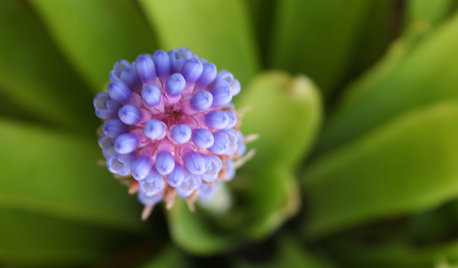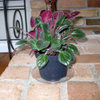Hardy gesneriads
greenelbows1
18 years ago
Related Stories

GARDENING GUIDESBromeliads: The Ultimate Collector’s Plants
Once you discover bromeliads’ exotic beauty, wide-ranging colors and intriguing patterns, you’ll never go back
Full StoryIs anyone on this forum growing hardy gesneriads? Some of mine are starting to come up and I'm soooo excited! Don't know what to expect of most of them--some I got last summer and some this spring. I've had Sinningia tubiflora for some years now and know it will be back and will do well, but the rest it's just a big adventure. Yucca Do nursery lists more hardy gessies with indication of hardiness I know and that's where I got most of mine. Of course if you live where it's really cold you'd have to grow them in pots and maybe put them out in the summer, which would work fine--people were growing these in pots long before anybody was adventurous enough to try them outside.


korina
jon_d
Related Professionals
Simpsonville Landscape Architects & Landscape Designers · Benbrook Landscape Architects & Landscape Designers · Middle Island Landscape Architects & Landscape Designers · Brooklyn Center Landscape Architects & Landscape Designers · Billerica Landscape Contractors · Bellefontaine Neighbors Landscape Contractors · Fountain Valley Landscape Contractors · Little Ferry Landscape Contractors · Mission Landscape Contractors · Plymouth Landscape Contractors · Wells Landscape Contractors · Winchester Siding & Exteriors · Cedar Rapids Siding & Exteriors · Enfield Siding & Exteriors · Hamden Siding & Exteriorsgreenelbows1Original Author
atash
jon_d
JohnnieB
greenelbows1Original Author
jon_d
greenelbows1Original Author
xanadu
greenelbows1Original Author
kal2002
jon_d